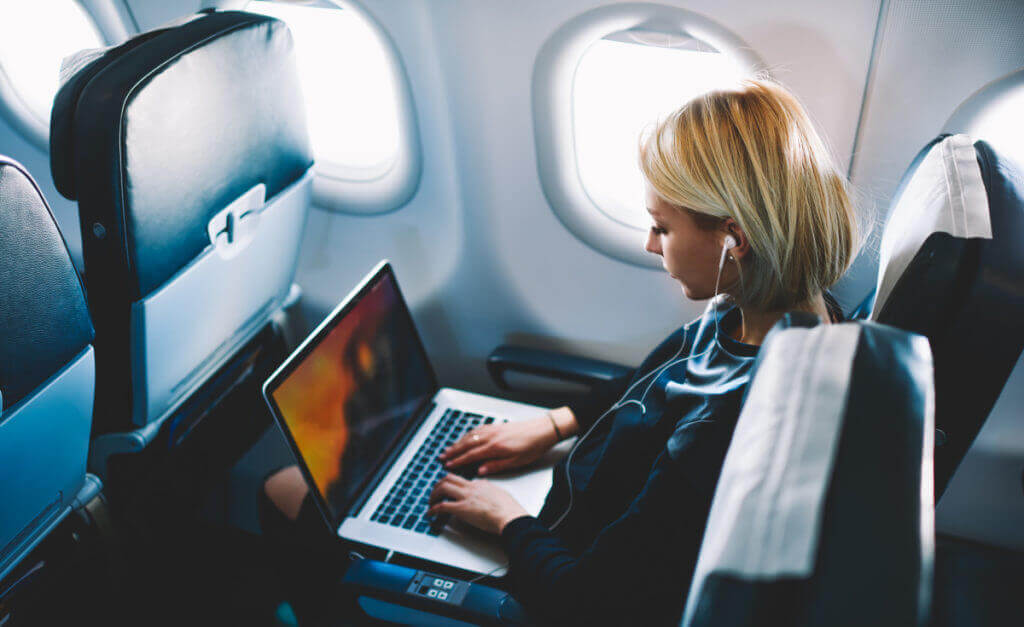
Restricted movements across the world due to the COVID-19 pandemic have severely affected the airline industry, making 2020 one of the worst years in its history since 9/11 attacks and 2008 global financial crisis combined.
NB: This is an article from RateGain
With an 85% decrease in global air travel, a report released by IATA recorded a loss of $84 billion in 2020 with an additional predicted loss of $15 billion in 2021, leaving the industry in a period of extended recovery at least until the year 2024.
Subscribe to our weekly newsletter and stay up to date
The complete disruption of travel in the last eight months has resulted in airline companies to realize that there would be an additional dependency on accessing, processing, and analyzing real-time market data to perform and succeed in the new normal. This also means that the revenue management framework and the approach to pricing will also have to unlearn and relearn to adapt and deliver in the new realities which have no bearing to past learnings and approach. All of this has given rise to a new breed of post COVID airline revenue and pricing managers that face a unique set of challenges they have never encountered before, namely: performing in uncertain market conditions, delivering on customer expectations, identifying new sources of revenue streams and improving yield.
With airlines in an acute need of capital as they resume services in the new reality, the revenue and pricing managers need to work from the ground up to reorient the airline revenue management framework while dealing with volatile demand patterns, frequently changing government regulations, limited capacity and resurgence of infection waves to name a few. This means that the pricing and revenue management framework will need a change in their approach and working model in the new normal.
Why is the problem bigger than before?
Pricing played a smaller yet critical role earlier before OTAs and third-party partners came into play which put the focus on selling the “cheapest seat”. With the emergence of OTAs, the emergence of voice search options and mobile apps travelers now had the power of comparing prices in a few clicks thus making it more important for airlines to remain up to date always and be aware of competitor pricing strategy at all times. The rise of ancillary based offerings for the traveler makes matters more complicated for pricing managers to decide the right offer.
However, the challenges of the post COVID airline revenue and pricing managers are very different from the above.They need to make pricing decisions much quicker keeping into consideration changing market conditions along with ensuring that they get information from the right channels, optimize routes based on demand, plug revenue losses on third party demand websites and optimize pricing strategy based on traveller sentiments, travel triggers and paying capacity. As a result, they cannot rely on old methods and pricing structures.
RateGain understands the complexity involved in generating revenue in the post-COVID world and why airline revenue & pricing managers have changed their approach to price tracking. To ensure the same we upgraded our competitor pricing intelligence solution, AirGain to enable revenue & pricing managers to leverage a monitoring platform that tracks daily changes by leveraging forward-looking data in real-time and makes appropriate decisions that reflect market trends in the new normal.
What does the airline revenue and pricing manager need to do succeed in the new normal?
Get Accurate Information from All Available Sources
The post COVID revenue managers need unlimited access to end user-facing intelligence that allows them to track market changes in real-time. Access to end-user data from airlines and demand source websites will allow them to draw insights available from the market data and use them for improved analysis and recommendations.
Leverage Data-based Insights To Make Intelligent Decisions Faster
The post-COVID airline revenue management will also need to safeguard their best performing OnD pairs as flights resume operations versus their competitor flights. The existing experiential knowledge will no longer hold value as the post covid era demand trends, travel triggers and market behavior holds no bearing to the past.
Leveraging Technology To Reduce Effort And Improve Efficiency
Airlines need to possess the ability to deep dive into analysis in context to their business objects faster than ever before. The need to compare pricing offered by others with a single click and saving the hassle of looking through endless streams of data to detect actionable insights is the need of the hour to optimize pricing decisions faster and improve time to market.
The way forward for airline companies
Due to the changing nature of the airline industry and the varying customer behavior, real-time rate monitoring is no longer optional for airline companies. There is a need for improved decision making, which can be implemented by accessing and analyzing real-time market intelligence data to draw actionable insights that can help revenue managers develop pricing strategies for the future. The seamless integration of solutions and improved forecasting delivers an improved experience, resulting in improved pricing decisions, in-line with the current market position and trends.




